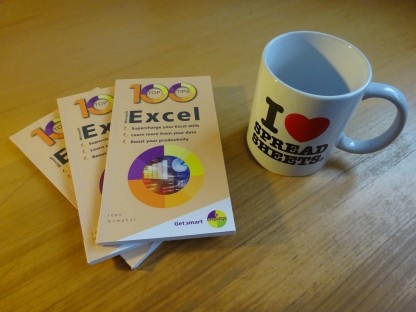
100 Top Tips: Microsoft Excel
Power up your Microsoft Excel skills with this powerful pocket-sized book of tips that will save you time and help you learn more from your spreadsheets.
30 October 2024
 For my latest article for the BBC, I researched green software, which is software that makes efficient use of energy and hardware.
For my latest article for the BBC, I researched green software, which is software that makes efficient use of energy and hardware.
I have a keen interest in tech sustainability (see my previous articles on reducing website carbon emissions, digital product passports, and hard drive recycling). I have noticed the impact that software has on the life of hardware. I have an iPad Mini that works beautifully, except that the OS can't be updated now and so some apps refuse to run. It's becoming gradually unuseable as software support fades away, even though the hardware could last a lot longer.
The Green Software Foundation has created the Software Carbon Intensity (SCI) specification, which helps to measure the carbon footprint of software. You take the energy consumed by the software (in kilowatt hours), multiply it by the amount of carbon emitted by your energy source (in CO2 per kilowatt hour), and add the carbon emitted through the hardware the software is running on.
In this way, the equation counts the carbon emitted as the software runs, and the carbon resulting from the lifecycle of end-user devices too. There are several ways you can drive down carbon emissions, reflected in the SCI score. You can:
Importantly, you cannot game the SCI score by using carbon offsets. The score only goes down when your software's carbon intensity goes down.
The SCI calculation works on a unit scale like per user or per minute. “If your company’s doing well, it’s selling more of what you’re creating and your carbon emissions are increasing,” says Asim Hussain, executive director, Green Software Foundation. “What you need is a rate. If you’re [a video conferencing company] during Covid, your emissions would’ve shot up, but your carbon per minute should be going down year by year. That’s what you should focus on as a software team.”
Calculating the SCI necessarily requires estimation. How accurate is it? “I don’t agree that there’s a number that’s correct,” says Hussain. “When organisations are revealing numbers, they’re not counting carbon molecules in the atmosphere. They’re using their own models, which have their own assumptions baked into them. But if you’re fully transparent, you can’t be accused of greenwashing.”
To dig deeper into the issues, I took the Green Software Foundation's free short course on green software, which provides an excellent introduction.
Read my article on the BBC website: The green software that could make big carbon savings.
This is an important and interesting topic, so I hope to have an opportunity to write about it again in the future. Subscribe to my occasional newsletter for updates on all my writing and creative projects, including any future pieces about green software.
Permanent link for this post | Blog Home | Website Home | Email feedback
© Sean McManus. All rights reserved.
Visit www.sean.co.uk for free chapters from Sean's coding books (including Mission Python, Scratch Programming in Easy Steps and Coder Academy) and more!

Power up your Microsoft Excel skills with this powerful pocket-sized book of tips that will save you time and help you learn more from your spreadsheets.
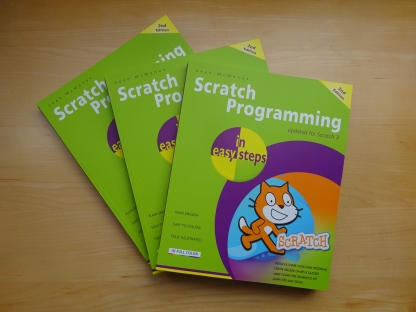
This book, now fully updated for Scratch 3, will take you from the basics of the Scratch language into the depths of its more advanced features. A great way to start programming.
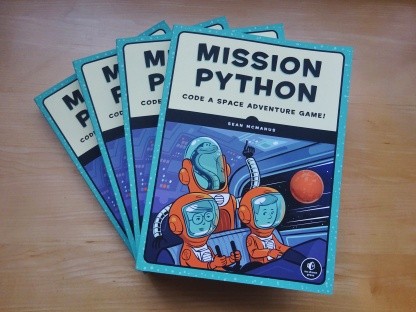
Code a space adventure game in this Python programming book published by No Starch Press.
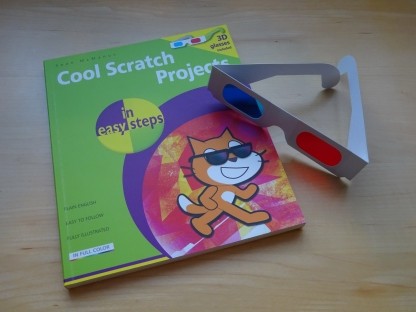
Discover how to make 3D games, create mazes, build a drum machine, make a game with cartoon animals and more!
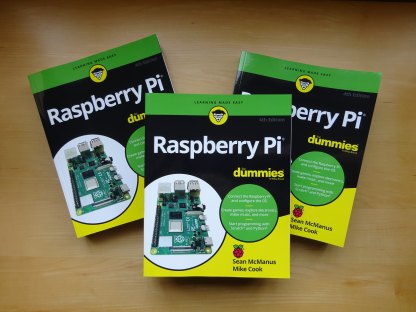
Set up your Raspberry Pi, then learn how to use the Linux command line, Scratch, Python, Sonic Pi, Minecraft and electronics projects with it.
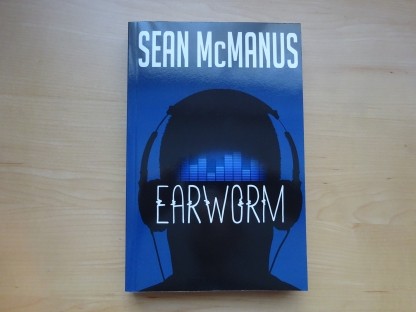
In this entertaining techno-thriller, Sean McManus takes a slice through the music industry: from the boardroom to the stage; from the studio to the record fair.